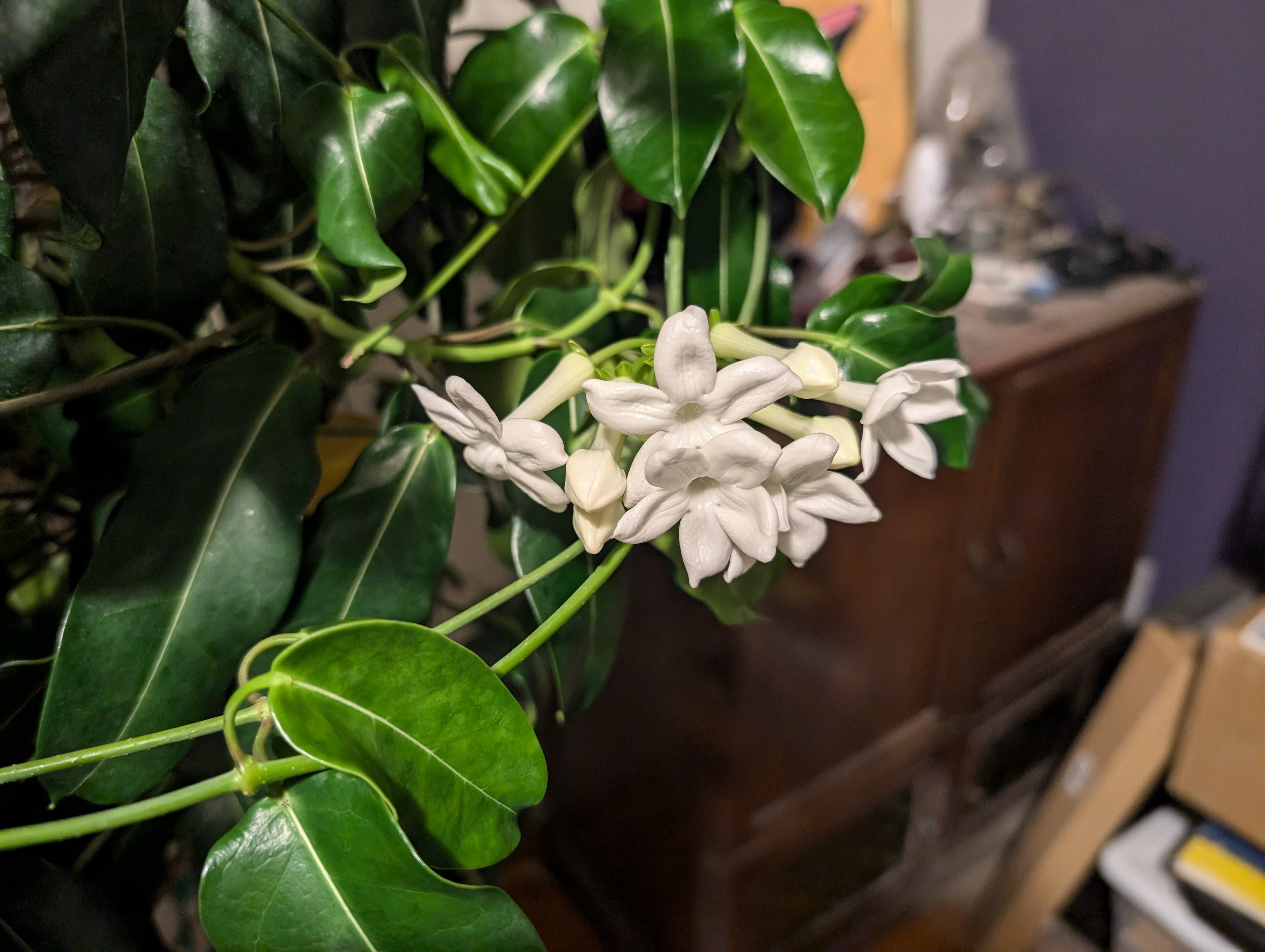this post was submitted on 14 Aug 2024
124 points (98.4% liked)
Gardening
3791 readers
17 users here now
Your Ultimate Gardening Guide.
Rules
- Be respectful and inclusive.
- No harassment, hate speech, or trolling.
- Engage in constructive discussions.
- Share relevant content.
- Follow guidelines and moderators' instructions.
- Use appropriate language and tone.
- Report violations.
- Foster a continuous learning environment.
founded 2 years ago
MODERATORS
you are viewing a single comment's thread
view the rest of the comments
view the rest of the comments

In bonsai the masters say there is no such thing as an indoor plant. They mean it in terms of the amount of summer sun and winter cold/cool needed to sustain the natural annual cycle that every plant has; in other words, you can take any plant and keep it alive indoors for a while with artificial light, but if every day the light and temperature (and moisture) stay the same, the plant will die way sooner than it otherwise should. A lot of indoor bonsai people have plants that they will put in the fridge during winter or even bury underground, and even their easiest "indoor" tropical plants, they put outside in the dog days of summer and let them be bitten by one or two of autumn's first cool nights, just to let it now what time it is.
OP would have attributed the flowers to the extra light, but did not, I assume, because the flowers are on the sun-facing side of the plant, along I'm sure with most of this season's new vegetative growth.
The carbohydrates produced thanks to the extra light are used by the entire plant, so I think you're right that it was likely the extra light that gave the plant enough vigor to push flowers.
I think to say that a type of plant is "fussy" and won't flower if it's rotated is not correct. Plants will move around on their own a significant amount, even in a matter of hours depending on the plant, to find sun, especially when it's good, bright sun, especially plants with a vine form or epiphytes, they are used to falling down and having to grow upward again, they can completely invert their growth habit between nodes, meaning that if a bine breaks and flops over, the next new node will curl over and grow upright, and its new leaves will correctly face up. Whether a plant can lose the light, find it again, and still flower before the season ends mostly depends on whether they end up getting enough light before it's too late. This can be measured in "growing degree days" and even more accurately, perhaps even predicting when a flower will bloom or when an insect will emerge down to the hour, by using your own measurements for sunlight exposure using a light meter.